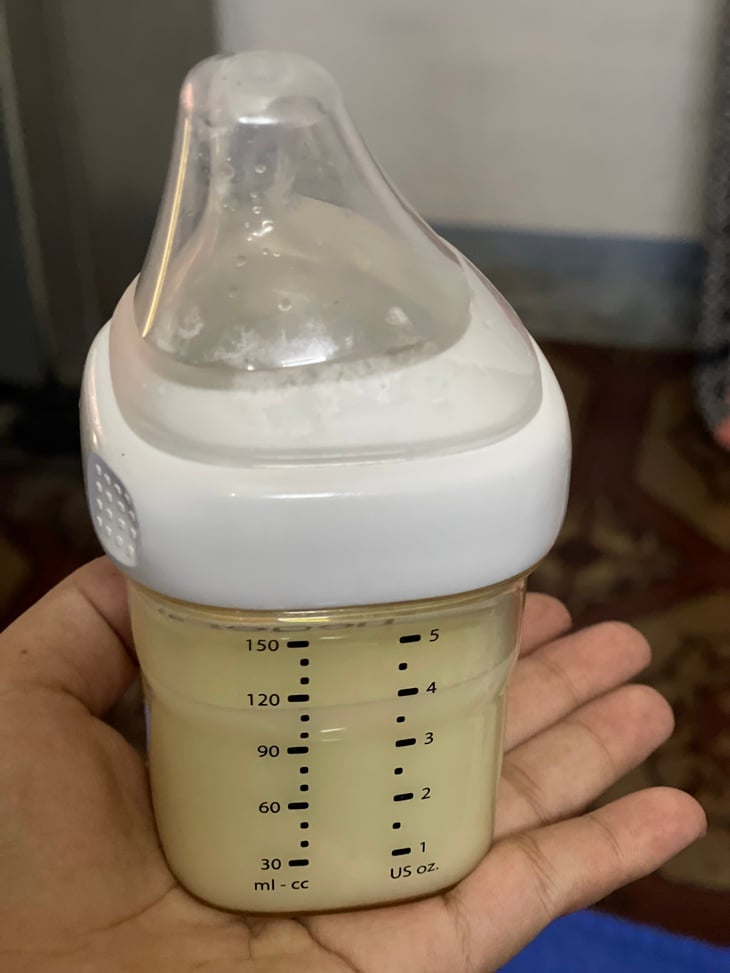
Breast milk after being expressed must be stored properly - Photo: XUAN MAI
In addition to breastfeeding directly, many mothers choose to pump and store milk when the milk supply is abundant, exceeding the baby's needs. This not only avoids waste but also helps the baby get used to bottle feeding, making it more convenient when the mother is at work or away from home.
Bacteria, viruses, and fungi may be present.
However, pumping and storing milk is not simple. This process requires strict adherence to proper cleaning and storage steps to avoid the risk of milk contamination, which can affect the health of the child.
According to the World Health Organization, breast milk contains full nutrients and antibodies that help increase resistance, protecting children from many common infections such as diarrhea, pneumonia, otitis media...
In particular, colostrum secreted in the first 72 hours after birth is an "immune shield" that helps babies establish resistance right from birth.
Doctors at Tu Du Hospital said that breast milk can contain bacteria, viruses, and fungi that cause disease if the mother is sick or if the milk is not expressed and stored hygienically.
Accordingly, common diseases transmitted through breast milk are HIV, hepatitis B and C, and syphilis. Meanwhile, common bacteria transmitted during the process of expressing and storing breast milk are bacteria from feces, skin, and fungi in vaginal fluid, due to poor hygiene when expressing milk or contamination from the surrounding environment when storing milk improperly.
"Therefore, the collection, processing, storage and use of breast milk must comply with strict medical procedures to ensure absolute safety for newborns, especially premature and low-weight babies," Tu Du Hospital noted.
How to store and preserve breast milk properly?
To properly store and preserve breast milk, Tu Du Hospital recommends that after expressing breast milk, it should be immediately put into a bottle or specialized storage bag with a tight lid, and the date and time of expression should be clearly marked.
Each bag/bottle should contain just enough milk for one feeding to avoid waste and ensure hygiene and convenience when defrosting. When putting milk into the bag/bottle, leave a little space because the milk will expand in volume when frozen, which can cause the container to burst.
When using, thaw the milk by moving it from the freezer to the refrigerator, then leave it at room temperature to melt all the ice. Shake the milk well before feeding your baby and warm it by placing the bottle or bag in a bowl of hot water.
Never boil or heat milk in a microwave as this can destroy the nutrients and natural antibodies in the milk. Note, do not refreeze thawed milk and do not mix thawed milk with freshly expressed milk to ensure the safety of your baby.
At Tu Du Hospital's Breast Milk Bank, each drop of donated milk undergoes international standard inspection, sterilization, testing and preservation before being given to babies in need of this precious source of milk.
Without proper hygiene and supervision, expressing, storing, donating or using breast milk can be risky.
Therefore, Tu Du Hospital's Breast Milk Bank follows a strict process, from the mother donating milk to testing negative for infectious diseases such as HIV, hepatitis B, syphilis...
The process of milking, storing, pasteurizing, and distributing milk is strictly controlled in terms of microbiology, temperature, and storage time. Only standard milk is used for newborns who need a source of breast milk when the mother cannot breastfeed directly.
Source: https://tuoitre.vn/sua-me-khong-phai-thuc-pham-don-thuan-ma-tiem-an-mam-benh-neu-vat-tru-khong-dung-20251106135706319.htm


![[Photo] Da Nang: Hundreds of people join hands to clean up a vital tourist route after storm No. 13](https://vphoto.vietnam.vn/thumb/1200x675/vietnam/resource/IMAGE/2025/11/07/1762491638903_image-3-1353-jpg.webp)





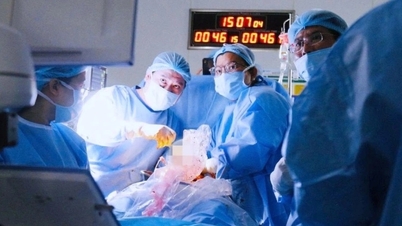



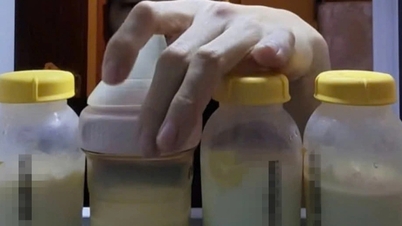
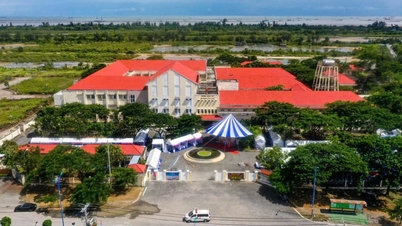


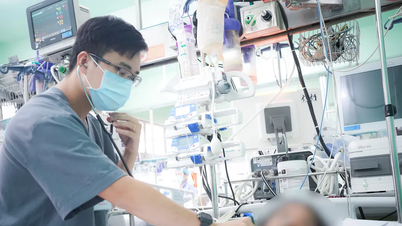







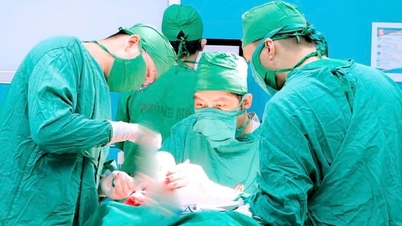





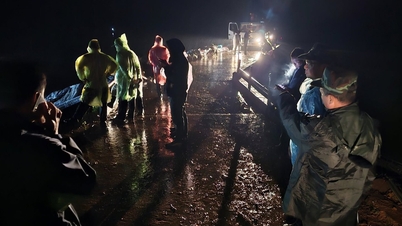






































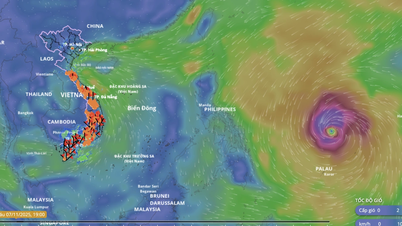





































Comment (0)